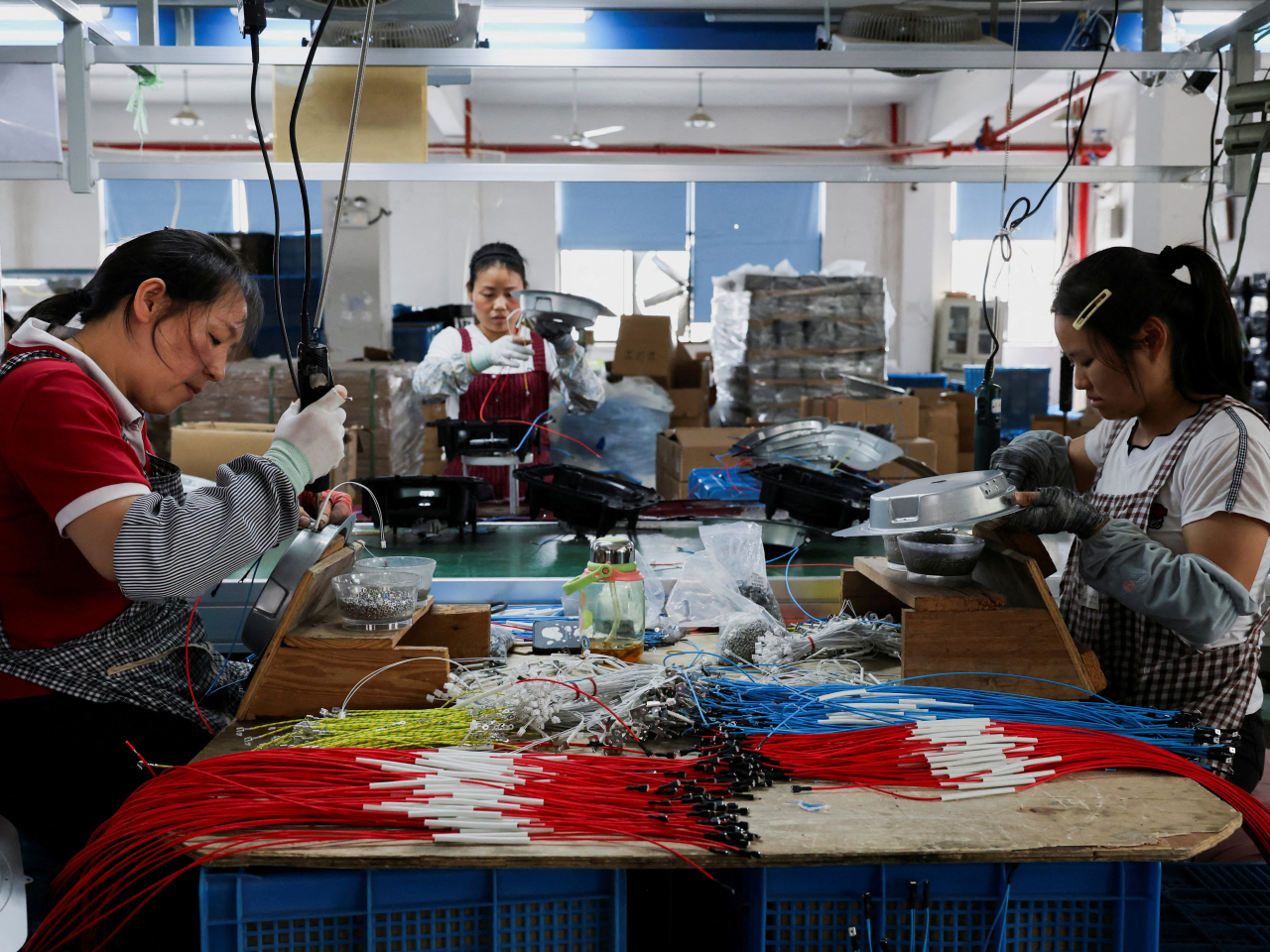The purchasing managers' index (PMI) for China's manufacturing sector stood at 49.8 in September, up 0.4 percentage points from August, according to the National Bureau of Statistics.
The non-manufacturing PMI, which includes services and construction, dropped to 50.0 from 50.3.
The bureau's composite PMI of manufacturing and non-manufacturing was 50.6 in September, compared with 50.5 in August. The 50-point mark separates expansion from contraction in activity on a monthly basis.
The bureau's release came as the Asian Development Bank trimmed its growth outlook for developing Asia and the Pacific by 0.1 and 0.2 percentage points for this year and next, respectively, amid the emergence of a new global trade environment, shaped by tariffs and updated trade agreements, according to the Asian Development Outlook September 2025, released on Tuesday.
The updated report projected economies in the region to grow by 4.8 percent this year and 4.5 percent next year from its April forecasts of 4.9 percent and 4.7 percent, respectively.
Higher tariffs imposed by the United States, along with elevated trade uncertainty, are expected to weigh on the region's growth.
Inflation is expected to continue easing to 1.7 percent this year, amid lower prices for food and energy, before increasing modestly to 2.1 percent next year as food prices normalise.
"US tariffs have settled at historically high rates and global trade uncertainty remains at elevated levels," said ADB chief economist Albert Park.
"Growth in developing Asia and the Pacific has remained resilient this year thanks to strong exports and robust domestic demand, but the worsened external environment is impacting the outlook," Park added.
Amid the new global trade environment, he said it is "crucial for governments to continue promoting sound macroeconomic management, openness and further regional integration."
Economies in Southeast Asia are seeing the largest downgrades to growth forecasts amid weaker global demand and elevated trade uncertainty. Growth in the subregion is now projected at 4.3 percent for 2025 and 2026 – down 0.4 percentage points for each year compared with April's forecasts.
For economies in the Pacific, the forecast has been raised 0.2 percentage points to 4.1 percent this year, amid stronger mining output. Meanwhile, the subregion's growth projection for next year is lowered to 3.4 percent – from 3.6 percent in April – due to expectations of weaker resource output and lower commodity exports.
The main risks to developing Asia and the Pacific's outlook include continuing uncertainty around US trade policy, particularly regarding possible sectoral tariffs on semiconductors and pharmaceuticals, as well as unresolved US-China trade negotiations. (Xinhua/Reuters)





